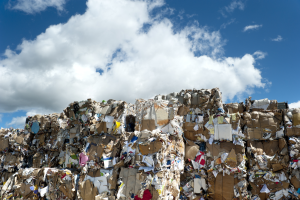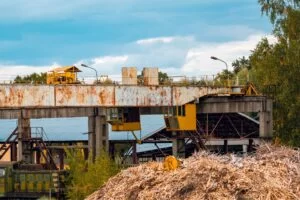The government introduced new legally binding targets in December 2022 to help protect the natural environment, including English waterways. The new Environmental Improvement Plan will be released in full during January, but the Department for Environment, Food & Rural Affairs has released some details in advance.
As well as restoring natural water bodies, the plan aims to reduce levels of wasted water usage in households, and reduce the amount of raw sewage that currently escapes into rivers and along coastal outlets.
DEFRA has worked closely with the Environment Agency and Natural England to produce the new plan, and has also carried out a detailed consultation process. Other targets included in the plan aim to reduce air pollution and increase natural woodland cover.
Speaking at the UN Convention in Montreal, environment Secretary Thérèse Coffey said: “We are committed to leaving our natural world in a better state for future generations, and today we are laying the foundations that will help deliver on this commitment.”
She added: “These targets are ambitious and will be challenging to achieve – but they will drive our efforts to restore our natural environment, protect our much-loved landscapes and green spaces and marine environment, as well as help tackle climate change.”
The government aims to achieve an 80% reduction in total phosphorus pollution from wastewater pollution by 2038. Certain features in Marine Protected Areas will also be restored to a ‘favourable’ condition by 2042, with the remaining portion classed as ‘recovering.’
Marian Spain, chief executive of Natural England, said: “The message is clear: without the ambitious targets to tackle climate change and reverse the long-term decline in Nature, we will be unable to sustain the ecosystems on which we rely for our health and our prosperity.”
She added: “We therefore welcome today’s publication of the statutory targets needed to put Nature recovery at the heart of the government’s priorities.”
“With the first targets only eight years away, we are already working with the government and with businesses, land managers and environmental charities through the Nature Recovery Network Partnership to ensure that we are on track to turn around England’s loss of nature and deliver the ambitions set out in the 25 Year Environment Plan.”
The news comes as Thames Water have published data that reveals the extent to which raw sewage is being discharged by storm overflows into rivers and streams. At one location in Marsh Gibbon, The Guardian reports that raw sewage was discharged continuously from a storm overflow for 16 days during December.
Ashley Smith, of Windrush Against Sewage Pollution, said: “It shows the extent to which Thames Water is reliant on being able to use our rivers and streams as toilets to deal with problems caused largely by underinvestment and profiteering.”
He added: “We think a similar picture will appear from all of the water companies and it is good to see Thames Water standing out and opening its doors a little wider.”
The information on raw sewage discharges is publicly available on the Thames Water website, and it is advisable for anyone considering open water swimming in the affected areas to reconsider their plans.
If you are looking for belt scrapers, please get in touch today.




